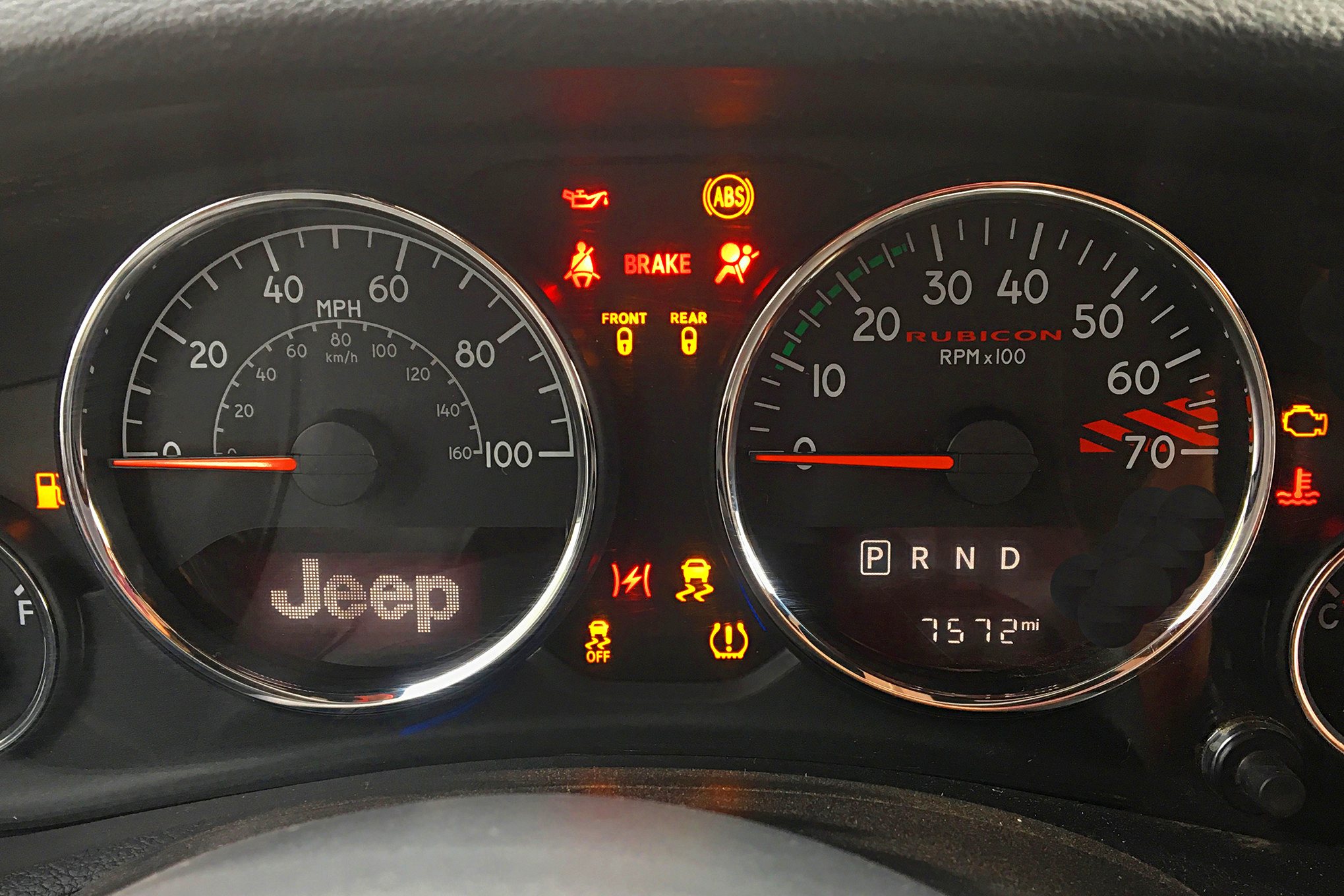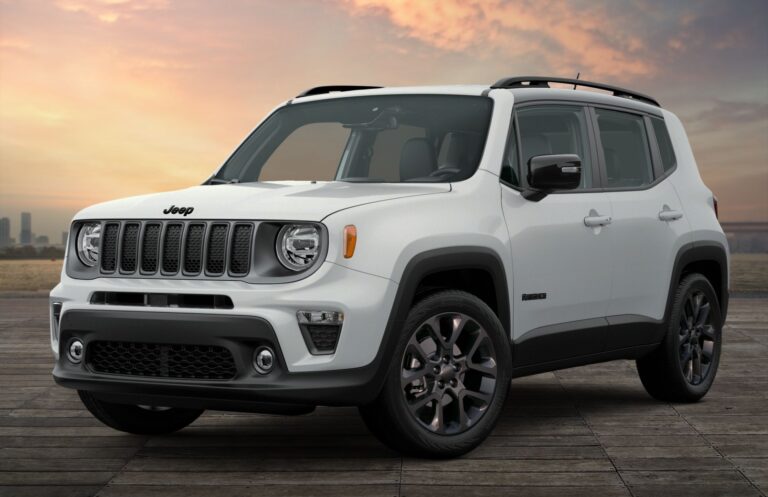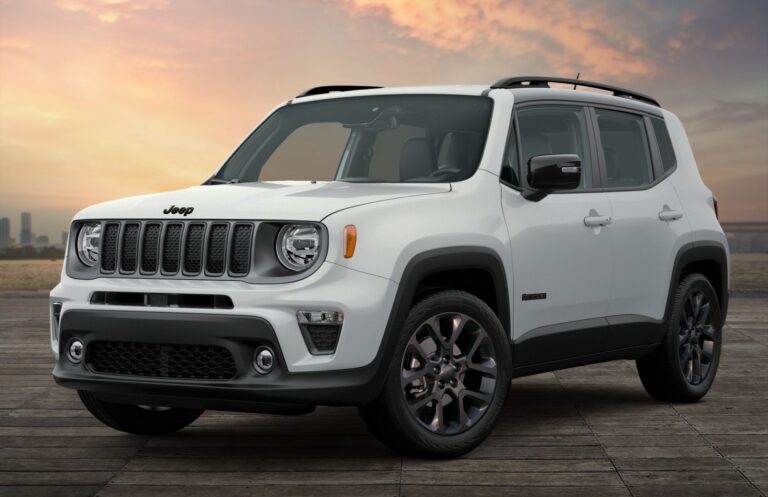Wrangler Jeep Lights: Illuminating Your Adventure
Wrangler Jeep Lights: Illuminating Your Adventure jeeps.truckstrend.com
The iconic Jeep Wrangler is synonymous with freedom, adventure, and the spirit of off-roading. Whether navigating treacherous trails under a moonless sky or simply cruising down the highway, visibility is paramount. This is where Wrangler Jeep Lights come into play – not just as a functional necessity, but as a critical component for safety, performance, and personalizing your rugged companion. Far beyond mere illumination, upgrading your Wrangler’s lighting system unlocks a new dimension of capability and style, transforming night into day and ensuring your presence is always known.
This comprehensive guide delves into the world of Wrangler Jeep Lights, exploring everything from essential factory replacements to advanced auxiliary lighting solutions. We’ll uncover the benefits of upgrading, the critical factors to consider before making a purchase, and practical advice to help you make informed decisions, ensuring your Jeep is ready for any adventure, day or night.
Wrangler Jeep Lights: Illuminating Your Adventure
The Spectrum of Wrangler Jeep Lights: More Than Just Headlights
When we talk about Wrangler Jeep Lights, it encompasses a vast array of illumination solutions, each serving a distinct purpose. Understanding these categories is the first step in optimizing your vehicle’s lighting profile.
1. Primary Road Illumination: Headlights & Fog Lights
- Headlights: These are your primary source of forward illumination, crucial for safe driving on and off-road.
- Halogen: Standard on many older Wranglers, these are cost-effective but offer limited brightness and a yellowish hue.
- HID (High-Intensity Discharge): Brighter and whiter than halogen, but can have a warm-up time and require ballasts. Less common now due to LED advancements.
- LED (Light Emitting Diode): The modern standard. LEDs offer superior brightness, crisp white light, instant-on functionality, lower power consumption, and exceptional longevity. They are often "plug-and-play" for easier installation in many Wrangler models.

- Fog Lights: Mounted low on the bumper, fog lights are designed to cut through fog, heavy rain, or snow by directing a wide, flat beam close to the ground, minimizing glare bounce-back. Like headlights, they are available in halogen, HID, and predominantly LED variants.
2. Signaling & Rear Visibility: Tail Lights & Turn Signals

- Tail Lights: Essential for rear visibility, especially at night, informing other drivers of your presence. Many aftermarket LED tail lights offer brighter, more modern aesthetics and often include integrated turn signals and reverse lights.
- Turn Signals: Crucial for communicating your intentions to other drivers. Upgraded LED turn signals are brighter and more noticeable, enhancing safety.
- Side Markers/Fender Lights: Small lights typically on the side fenders, providing additional visibility from the side.

3. Auxiliary & Off-Road Lighting: Conquering the Darkness
This category is where serious off-roaders truly customize their Wranglers for extreme visibility.
- Light Bars: Long, powerful arrays of LED lights, typically mounted on the roof, windshield, or bumper. They provide immense forward illumination, ideal for high-speed off-roading or covering vast areas.
- Straight Light Bars: Traditional design.
- Curved Light Bars: Offer a wider spread of light.
- Pod Lights/Cubes: Compact, versatile LED lights, often sold in pairs. They are perfect for specific applications like A-pillar mounts (ditch lights), bumper mounts, or reverse lights, providing focused or wide-angle illumination.
- Rock Lights: Small, durable LED lights mounted underneath the vehicle, illuminating the terrain directly beneath the chassis. Crucial for navigating rocky trails at night, helping drivers see obstacles and tire placement.
- Ditch Lights/A-Pillar Lights: Mounted on brackets near the windshield pillars, these lights illuminate the immediate sides of the vehicle, helping spot obstacles, wildlife, or trail edges that traditional headlights might miss.
- Grille Lights/Bumper Lights: Integrated into aftermarket grilles or bumpers, these can be aesthetic or functional, providing additional forward or accent lighting.
4. Interior & Specialty Lighting
- Interior LED Kits: Replace dim factory bulbs with bright LEDs for cabin, dome, and map lights, improving interior visibility and giving a modern feel.
- Underglow/Accent Lighting: Primarily for aesthetic purposes, these lights illuminate the underside or specific parts of the vehicle, often with color-changing capabilities.
The Undeniable Benefits of Upgrading Your Wrangler’s Lights
Investing in aftermarket Wrangler Jeep Lights goes far beyond mere aesthetics. The advantages are numerous and impactful:
- Enhanced Visibility & Safety: This is the primary benefit. Brighter, better-designed lights illuminate more of the road or trail ahead, giving you more time to react to obstacles, hazards, or wildlife. Improved rear and side visibility ensures other drivers see you clearly, reducing the risk of collisions.
- Superior Performance Off-Road: Stock lights are often insufficient for serious off-roading. Auxiliary lights like light bars and rock lights turn night into day, allowing you to confidently tackle challenging terrain that would be impassable in darkness.
- Durability & Longevity: Modern LED lights are built to withstand the harsh conditions Wranglers are exposed to. They are typically shock-resistant, waterproof (with high IP ratings), and have significantly longer lifespans than traditional halogen bulbs, reducing the need for frequent replacements.
- Energy Efficiency: LEDs consume far less power than halogen or HID lights, reducing the strain on your vehicle’s electrical system and potentially allowing for more accessories without requiring extensive electrical upgrades.
- Customization & Aesthetics: Upgraded lights are a fantastic way to personalize your Wrangler. From the aggressive look of an LED light bar to unique DRL (Daytime Running Light) patterns in headlights, they can dramatically enhance your Jeep’s curb appeal and reflect your unique style.
- Improved Resale Value: A well-equipped Wrangler with quality aftermarket lighting can be more attractive to potential buyers, potentially increasing its resale value.
Key Considerations When Choosing Wrangler Jeep Lights
Before diving into the vast ocean of aftermarket lighting, it’s crucial to understand the factors that will guide your decision.
- Legality & Compliance (DOT/SAE): This is paramount for on-road use. Ensure any headlights, tail lights, or fog lights you purchase are DOT (Department of Transportation) and/or SAE (Society of Automotive Engineers) compliant for street legality in the US. Non-compliant lights can be illegal and dangerous due to excessive glare. Auxiliary off-road lights are typically not street legal for use on public roads and should only be operated off-road.
- Beam Pattern:
- Spot Beam: Concentrates light into a narrow, long-distance beam, ideal for seeing far ahead.
- Flood Beam: Spreads light widely over a shorter distance, excellent for illuminating the immediate surroundings.
- Combo Beam: Combines elements of both spot and flood, offering a versatile spread of light.
- Light Output (Lumens & Watts):
- Lumens: Measures the total amount of visible light emitted. Higher lumens generally mean brighter light.
- Watts: Measures power consumption. While related to brightness, lumens are a more direct indicator of light output. Be wary of exaggerated lumen claims from unverified sources.
- Durability & Weatherproofing (IP Rating): Look for lights with a high IP (Ingress Protection) rating (e.g., IP67 or IP68), indicating resistance to dust and water immersion. This is vital for a vehicle like the Wrangler that will encounter dirt, mud, and water.
- Installation Difficulty: Some lights are "plug-and-play" for easy installation, while others (especially auxiliary lights) may require cutting, splicing, and wiring to a switch panel or relay system. Consider your mechanical skills or budget for professional installation.
- Brand Reputation & Warranty: Stick to reputable brands known for quality and customer support. A good warranty provides peace of mind.
- Vehicle Compatibility: Ensure the lights are specifically designed for your Wrangler’s year and model (e.g., JK, JL, TJ, YJ). Connectors and mounting points can vary.
- Budget: Lighting solutions range from affordable upgrades to significant investments. Define your budget and prioritize your needs.
A General Guide to Installing Wrangler Jeep Lights
While specific instructions vary by product and Wrangler model, here’s a general overview of what installation might entail:
Headlight/Tail Light Replacement (Plug-and-Play)
- Gather Tools: Screwdriver set, socket wrench set, trim removal tools (if applicable).
- Disconnect Battery: Always disconnect the negative terminal of your battery before working on electrical components.
- Access Lights: For headlights, you might need to remove the grille. For tail lights, typically access is from the inside of the fender well or by removing a few screws on the light housing.
- Unplug & Unbolt: Disconnect the electrical connector and unbolt/unclip the old light assembly.
- Install New Light: Connect the new light’s electrical connector (ensure anti-flicker harness is used if required for LEDs), then bolt/clip the new light into place.
- Test: Reconnect the battery and test all light functions (low beam, high beam, turn signal, brake light).
- Aim: Properly aim your new headlights to prevent blinding oncoming drivers.
Auxiliary Light Installation (More Involved)
- Mounting: Securely mount the light bar, pods, or rock lights to their designated locations (e.g., roof rack, A-pillar brackets, bumper, undercarriage).
- Wiring Harness: Most auxiliary lights come with a wiring harness that includes a relay, fuse, and switch.
- Power Source: Connect the main power wire (usually red) directly to the positive terminal of your battery (via the fuse).
- Ground: Connect the ground wire (usually black) to a clean, unpainted metal surface on the chassis.
- Relay: The relay acts as a switch, drawing power directly from the battery to the lights, preventing overload on your vehicle’s factory wiring.
- Switch: Run the switch wire from the relay through the firewall into the cabin. Connect it to an aftermarket switch (e.g., mounted on an A-pillar switch panel or dash).
- Wire Management: Neatly route and secure all wiring away from moving parts, heat sources, and sharp edges using zip ties and conduit.
- Test: Reconnect the battery and test the lights using the new switch.
- Aim: Aim auxiliary lights according to their intended use (e.g., forward for light bars, to the sides for ditch lights, downwards for rock lights).
Safety Precaution: If you are uncomfortable with electrical wiring, it is highly recommended to seek professional installation.
Common Challenges & Solutions with Wrangler Jeep Lights
Even with the best products, you might encounter some common issues.
- LED Flicker: Many newer Wranglers (especially JK and JL models) use a CANBUS system that monitors electrical current. LEDs draw less power, which can cause the system to interpret it as a faulty bulb, resulting in flickering.
- Solution: Install an anti-flicker harness or CANBUS decoder. Most quality LED headlight kits for Wranglers will include these.
- DRL (Daytime Running Light) Issues: Some aftermarket LED headlights may not function correctly as DRLs or may have inconsistent brightness.
- Solution: Check for specific product compatibility with your Wrangler’s DRL system. Some require specific wiring or programming.
- Moisture Ingress: Water or condensation inside the light housing.
- Solution: Ensure the lights have a high IP rating. If it occurs, check the seals and breathers on the light. Contact the manufacturer for warranty replacement if persistent.
- Wiring Complexity (Auxiliary Lights): Running wires neatly and safely can be daunting.
- Solution: Plan your wiring route carefully. Use quality wiring harnesses, relays, fuses, and heat shrink tubing. Consider a pre-wired switch panel system like an SPod or Auxbeam for multiple accessories.
- Glare to Oncoming Drivers: Improperly aimed headlights or using off-road lights on public roads.
- Solution: Always properly aim your headlights according to local regulations. NEVER use off-road lights on public roads when other vehicles are present.
Practical Advice & Actionable Insights
- Prioritize Safety and Legality: Always ensure your primary headlights and tail lights are DOT/SAE compliant for on-road use. Respect the law and other drivers.
- Define Your Needs: Are you a casual driver looking for better nighttime visibility, or an avid off-roader needing extreme illumination? Your use case will dictate the types of lights you need.
- Research Thoroughly: Don’t just buy the cheapest option. Read reviews, watch installation videos, and compare specifications from reputable brands.
- Don’t Skimp on Quality: While budget is a factor, cheap, unbranded lights often disappoint in terms of brightness, durability, and longevity. Invest in quality to avoid frustration and repeated purchases.
- Consider a Staged Upgrade: You don’t have to buy everything at once. Start with essential headlight and fog light upgrades, then add auxiliary lights as your needs and budget allow.
- Match Aesthetics: Consider how the lights will look on your Wrangler. Some prefer a stealthy look, while others want a more aggressive, rugged appearance.
Wrangler Jeep Lights: Sample Price & Feature Guide
| Light Type | Description | Typical Price Range (USD) | Key Features/Benefits | Compatibility (Examples) |
|---|---|---|---|---|
| LED Headlights | Complete replacement units, often with DRLs & sequential turn signals. | $150 – $600+ | Superior brightness, modern look, lower power draw, long lifespan, DRL options, anti-flicker built-in. | JK, JL, TJ, YJ |
| LED Fog Lights | Direct replacement or universal fit for bumper mounting. | $50 – $200 | Brighter, wider beam for low-visibility, durable, energy-efficient. | JK, JL, TJ |
| LED Tail Lights | Full replacement units, often with integrated reverse and brake lights. | $100 – $350 | Increased rear visibility, modern styling, quicker illumination, often plug-and-play. | JK, JL, TJ |
| LED Light Bar (20-50") | High-power LED array for roof or bumper mounting. | $100 – $800+ | Extreme forward illumination, various beam patterns (spot/flood/combo), rugged construction, ideal for off-road. | Universal (with mounts) |
| LED Pod Lights (Pair) | Compact, versatile LED cubes. | $50 – $250 | Focused or wide illumination, ideal for A-pillar (ditch), bumper, reverse, or rock lights. Durable, easy to mount. | Universal (with mounts) |
| LED Rock Lights (Kit) | Small, robust lights mounted undercarriage. | $80 – $300 | Illuminates terrain under vehicle, crucial for rock crawling, waterproof, easy installation. | Universal |
| LED Interior Kit | Replacement bulbs for dome, map, footwell, and cargo lights. | $20 – $80 | Brighter cabin, modern feel, energy-efficient, often simple plug-and-play. | JK, JL, TJ |
| LED Grille Lights | Small accent lights for aftermarket grilles. | $30 – $100 | Aesthetic enhancement, additional front visibility, easy to install. | JK, JL (specific grilles) |
Note: Prices are estimates and can vary significantly based on brand, quality, features, and sales. Always check specific product compatibility for your Wrangler model.
Frequently Asked Questions (FAQ) About Wrangler Jeep Lights
Q1: Do LED headlights for my Wrangler need an anti-flicker harness?
A1: For most JK and JL Wranglers, yes. The vehicle’s CANBUS system can cause flickering with low-draw LEDs without a proper anti-flicker harness or CANBUS decoder, which should be included with quality LED headlight kits.
Q2: Are aftermarket Jeep lights legal for on-road use?
A2: Headlights, tail lights, and fog lights must be DOT (Department of Transportation) and/or SAE (Society of Automotive Engineers) compliant to be street legal. Auxiliary lights (light bars, rock lights, ditch lights) are generally not street legal for use on public roads and should only be operated off-road. Always check your local laws.
Q3: What’s the difference between a spot beam and a flood beam?
A3: A spot beam concentrates light into a narrow, long-distance beam, ideal for seeing far ahead. A flood beam spreads light widely over a shorter distance, excellent for illuminating the immediate surroundings. Many auxiliary lights offer a combo beam, combining both for versatility.
Q4: Can I install Wrangler Jeep lights myself?
A4: Many basic light replacements (like headlights or tail lights) are designed to be "plug-and-play" and can be installed by someone with basic mechanical skills. However, installing auxiliary lights often involves more complex wiring (relays, fuses, switches) and may be best left to a professional if you’re not comfortable with automotive electrical work.
Q5: What does an IP rating mean for lights?
A5: IP stands for "Ingress Protection." It’s a two-digit code indicating a product’s resistance to solids (dust) and liquids (water). For Wrangler lights, look for IP67 (dust tight, protected against immersion up to 1 meter for 30 minutes) or IP68 (dust tight, protected against continuous immersion) for maximum durability against the elements.
Q6: Why are my new LED lights flickering or not working correctly?
A6: For headlights, this is almost always due to the CANBUS system needing an anti-flicker harness. For other lights, check all electrical connections, ensure proper grounding, verify fuse integrity, and confirm the light’s power draw isn’t overloading the circuit.
Q7: What’s the "best" brand for Wrangler Jeep lights?
A7: There isn’t one single "best" brand, as quality varies across different light types and price points. Reputable brands like JW Speaker, KC HiLiTES, Rigid Industries, Morimoto, Quadratec, and Oracle Lighting are generally well-regarded for their quality and performance in specific categories. Always research specific product reviews for the type of light you’re considering.
Conclusion: Illuminate Your Journey
Wrangler Jeep Lights are more than just an accessory; they are a fundamental upgrade that enhances safety, performance, and the overall enjoyment of your Jeep. From ensuring clear visibility on your daily commute to transforming night into day on the most challenging trails, the right lighting setup empowers you to push the boundaries of adventure. By understanding the different types of lights, considering the crucial factors, and making informed choices, you can equip your Wrangler to conquer any darkness, ensuring every journey is brilliantly illuminated and unforgettable. So go ahead, light up your Wrangler, and unleash its full potential!






